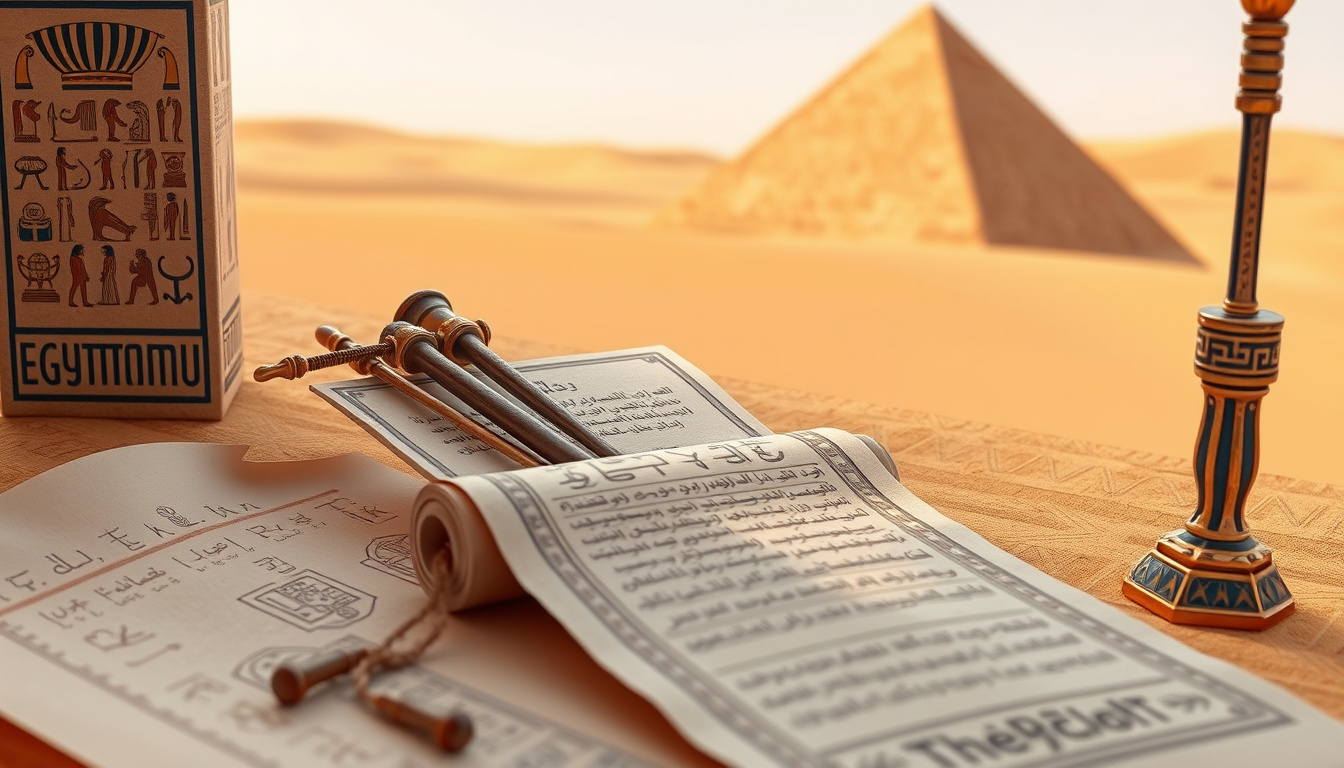Egyptian calligraphy is much more than just an artistic expression; it embodies centuries of cultural heritage and historical significance.
As one of the oldest forms of writing, it traces back to the hieroglyphs used in ancient Egypt, evolving through various styles and techniques to become a respected art form today.
From the elegant scripts adorning ancient temples to modern adaptations found in contemporary art, the journey of Egyptian calligraphy is rich and fascinating.
This comprehensive guide will delve into the historical significance of Egyptian calligraphy, explore its evolving styles and scripts, and provide practical insights into the tools and techniques used by calligraphers—both past and present.
Whether you’re an artist looking to explore a new medium or a history enthusiast, this guide will unlock the beauty and complexity of Egyptian calligraphy.

 November 2025
November 2025

